
Imagine if you missed Alibaba in 1999 and BTC in 2010; now, Web3 is giving you a third chance to rewrite your destiny.
Latest data shows that by 2030, the market size of Web3-related industries is expected to exceed a trillion dollars.
And you are standing at the starting point of this value revolution.
However, faced with a dazzling array of projects and concepts, 99% of those wanting to enter Web3 fail at the first hurdle:
"What is DeFi? How does it differ from CeFi?"
"What do Layer 1 and Layer 2 actually mean?"
"RWA, DePIN, DAO... these abbreviations make my head spin"
"Online tutorials are either too technical to understand or too superficial to be valuable"
This is Web3's first hurdle: fragmented knowledge + jargon overload + difficult understanding.
If you want to learn about DeFi, all you see are terms like 'liquidity mining', 'impermanent loss', 'slippage'... a host of technical jargon;
If you want to learn about Layer 2, the article is full of terms like 'Rollup', 'state channel', 'sidechain'... you recognize each word, but when put together, you don’t know what it’s saying.
Even more frustrating is that no one clarifies the relationships between these concepts: what is the essential difference between DeFi and traditional finance? Why do we need Layer 2 instead of just using ETH? Why is RWA called a trillion-dollar track? What is the relationship between these tracks?
Today's article aims to help you completely resolve this issue.
Unlike 99% of Web3 popular science articles on the market, this analysis does not isolate a single concept but constructs a complete knowledge system of Web3 from a global perspective, explaining all concepts with the simplest analogies.
After reading this, your understanding of the Web3 ecosystem will surpass that of 90% of outsiders.
Now, let's start with the first track and thoroughly understand what Web3 is all about.
1. DeFi track: Rewriting financial rules with code
Do you remember your last experience at the bank? Waiting in line to withdraw money, transaction fees for transfers, and having to make an appointment for large withdrawals... The bank feels like a lofty intermediary, controlling every penny you have.
DeFi is crushing this monopoly.
DeFi stands for decentralized finance, and its core idea is to move all the services of banks, exchanges, and insurance companies onto the blockchain, replacing manual intermediaries with transparent smart contracts.
Imagine if all banking services became viewable code, with no account managers, no approval processes, and no business hour restrictions; this is what DeFi is doing.
The most typical example is Uniswap, which acts like an automatic vending machine that never closes.
Traditional exchanges require both buyers and sellers to be online simultaneously for a transaction to occur, while Uniswap directly prices using mathematical formulas, enabling trading at any time. More remarkably, anyone can deposit money into this 'vending machine' and then share the transaction fees.
This model is called an automated market maker, fundamentally changing the rules of trading.
The innovation of DeFi goes far beyond trading.
You can collateralize ETH to borrow stablecoins in protocols like Compound, like a pawn shop that never closes but is smarter and more transparent.
You can also put your money into yield aggregators like Yearn Finance, which automatically switches between various DeFi protocols to find the highest yield.
The craziest part of this track is its composability; different DeFi protocols can seamlessly connect like Lego blocks.
You can first borrow money in one protocol, then invest in another protocol, and finally take the earnings to a third protocol for more complex financial operations.
There are even magical operations like flash loans, allowing you to borrow and repay without collateral in a single transaction, something that is impossible in the traditional financial world.
DeFi has become the cornerstone of the entire Web3 ecosystem, with total value locked consistently maintaining at hundreds of billions of dollars. It is not just a technological innovation but a fundamental reconstruction of the traditional financial system.
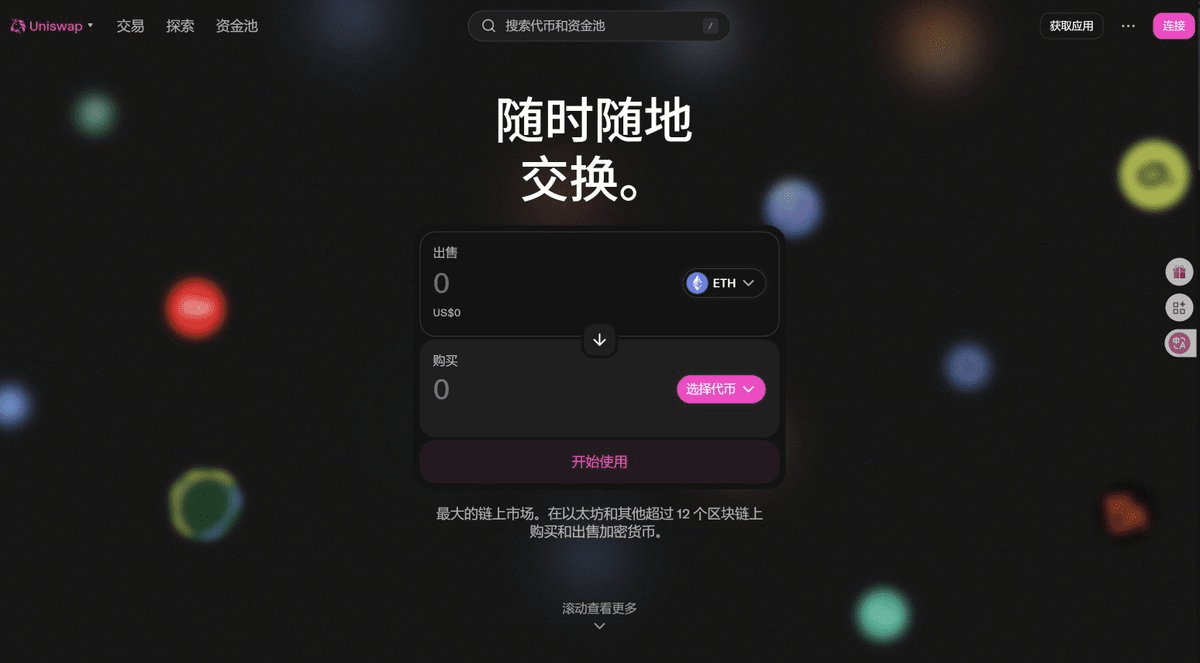
2. RWA track: The digital transformation of real assets
If DeFi is creating a completely new financial system, then RWA is building the bridge between the real and digital worlds.
RWA stands for Real World Assets, and its purpose is to give traditional assets new life on the blockchain.
The most successful RWA case is the recent popular stablecoin.
USDT is essentially a digital version of the dollar, where 1 USDT represents 1 dollar in the bank.
This sounds simple, but it is significant: it allows traditional dollars to flow freely on the blockchain, trading continuously 24/7, with very low transfer costs.
But the ambition of RWA goes far beyond stablecoins.
Imagine if you could buy one thousandth of a building, invest one percent in a Picasso painting, or even own one ten-thousandth of a forest carbon credit. What would that feel like? This is the charm of asset tokenization.
In the traditional world, many quality assets are completely inaccessible to ordinary people due to high barriers or poor liquidity.
A property worth tens of millions, you either buy it all or not at all, and if you want to sell, you still have to find an agent to list it slowly.
But if real estate is tokenized and divided into ten thousand shares, each worth 1000 yuan, then ordinary people can also invest in real estate and trade at any time.
The RWA track is dubbed a trillion-dollar market because, theoretically, all valuable assets in the world can be tokenized. Real estate, stocks, bonds, commodities, artworks, intellectual property... every traditional asset class has enormous tokenization potential.
This is not just a technological upgrade but an important step towards financial democratization.
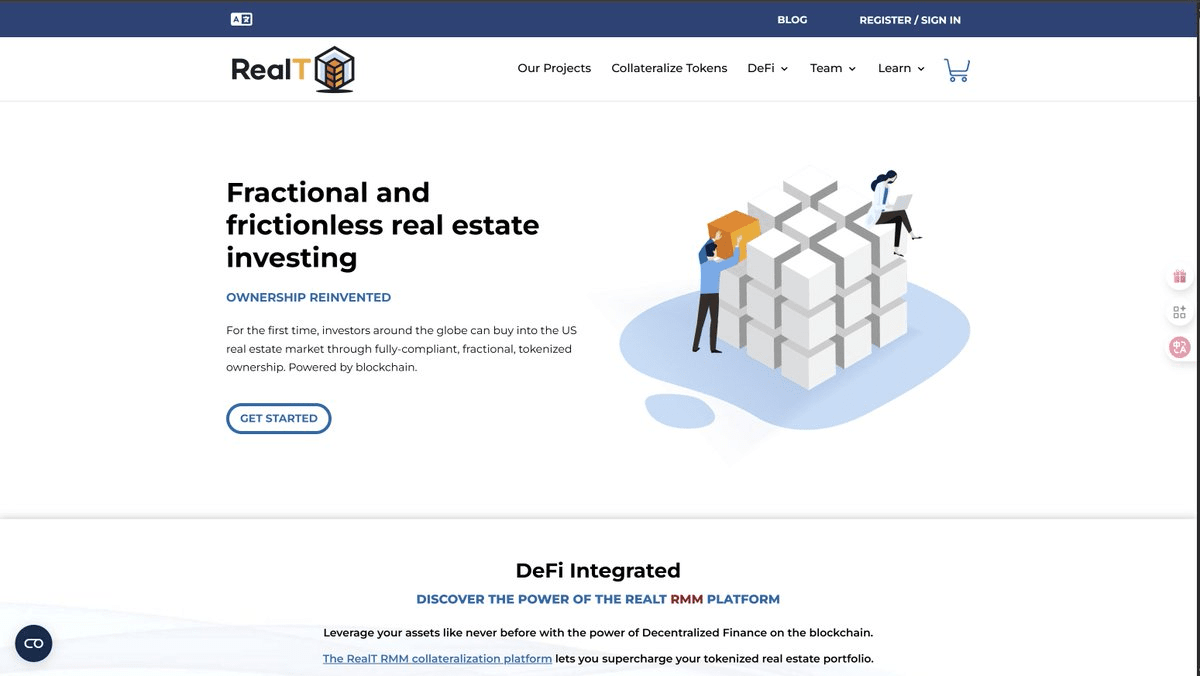
3. DePIN track: Monetizing everyday life
Have you ever thought that the number of steps you walk daily, the idle hard drives at home, or even the GPS tracks from your phone could turn into real money?
DePIN is making this imagination a reality.
DePIN stands for Decentralized Physical Infrastructure Network.
It sounds convoluted, but it's essentially a way to let ordinary people participate in infrastructure building using blockchain and token incentives.
The most typical example is the Helium network.
Traditional telecom companies face huge costs in building base stations, while Helium's approach is to let users buy a small device to place at home, providing IoT signal coverage in return for token rewards.
This drastically reduces costs while increasing coverage efficiency; now Helium has become one of the largest IoT networks in the world.
File storage has also been transformed by DePIN.
Filecoin allows anyone to rent out idle hard drive space to make money, just like Uber transformed the taxi industry.
Users needing to store files pay, while miners providing storage space receive rewards, all in a completely decentralized process without the need for centralized service providers like Amazon or Alibaba Cloud.
Even GPU rendering can be shared.
Film companies require a lot of computing power for special effects, but this demand is intermittent, with GPUs sitting idle most of the time.
Render Network allows ordinary people's graphics cards to participate in the production of Hollywood blockbusters, with GPU owners receiving token rewards and production companies getting affordable rendering services.
The charm of DePIN lies in its grassroots appeal; you don’t need to understand complex financial theories or programming knowledge; as long as you have idle resources, you can participate.
Moreover, the services you provide are real, and the earnings you receive are also real, not castles in the air.
This track is considered the most likely Web3 application to land on a large scale because it directly connects the digital world with the physical world. As the number of IoT devices continues to grow, the potential for DePIN keeps expanding.
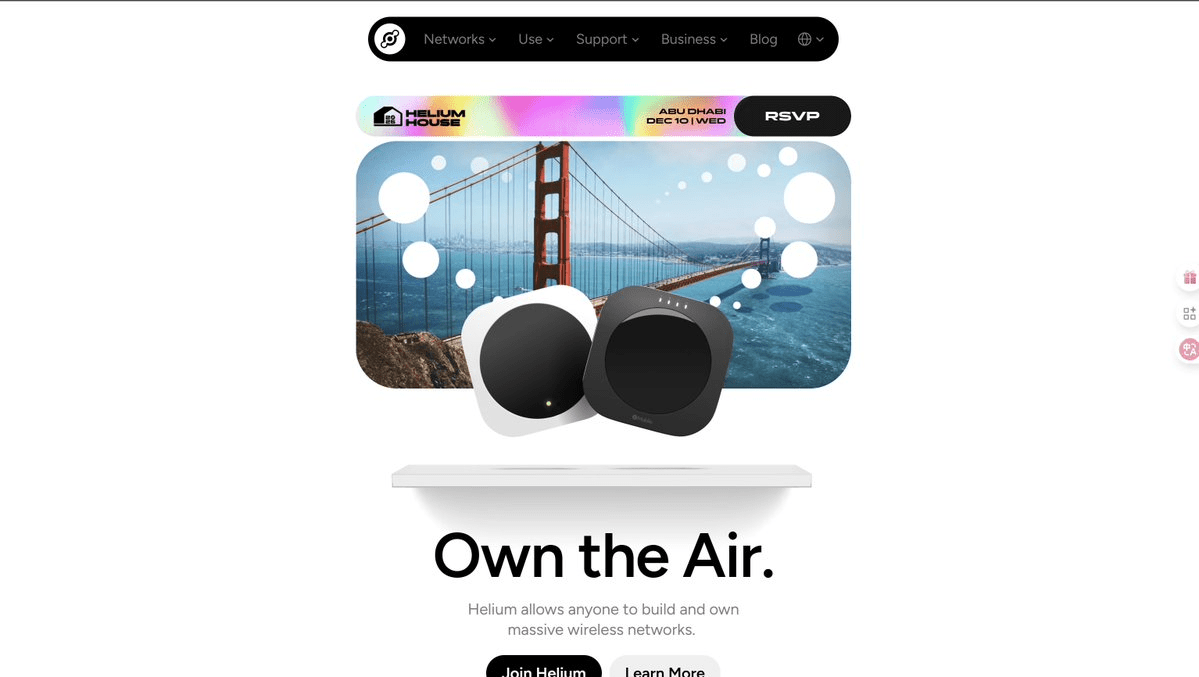
4. Infra track: The highway system of Web3
If we compare Web3 to a city, then the infrastructure is the roads, bridges, and water and electricity supply systems of that city.
Without a complete infrastructure, even the best applications cannot operate.
The best way to understand infrastructure is to use highways as an analogy.
As we often hear, BTC, ETH, and SOL belong to Layer 1. Taking ETH as an example, imagine it as the main road of a city, carrying the most important traffic flow. It is the first blockchain to support smart contracts, with the majority of DeFi and NFT projects built on ETH, the most developers, the richest ecosystem, and the strongest security.
But ETH also has issues; just like traffic jams on main roads during rush hour, when there are many users, ETH transaction fees can soar to dozens of dollars, making it unaffordable for ordinary users.
Thus, Layer 2 scaling solutions emerged, akin to building express lanes beside the main road.
Arbitrum is one of the most successful Layer 2 solutions, working by bundling a large number of transactions and then submitting them to the ETH mainnet all at once.
This not only maintains the security of ETH but also significantly reduces costs and increases speed. When users trade on Arbitrum, the experience is almost the same as ETH, but fees are only a few cents.
In addition to scaling, infrastructure also includes many key components.
Chainlink acts as a bridge between online and offline, providing real-world data for smart contracts.
Blockchain is a closed system and cannot directly access external information; Chainlink solves this problem, allowing smart contracts to know external data like stock prices, exchange rates, and weather.
MetaMask is the gateway to the Web3 world. If blockchain is a city, then the wallet is the access card to enter the city.
MetaMask allows ordinary users to easily connect to various Web3 applications, with over 100 million users globally.
By 2025, the number of various scaling solutions is expected to exceed 2,000. The infrastructure track is experiencing an unprecedented explosion, with enormous innovation space in every subfield.
5. DAO track: New types of organizations governed by code
Imagine if a company had no CEO, no board of directors, and all major decisions were voted on by employees and shareholders, with the voting results automatically executed, free from manipulation... This sounds like a fantasy, but in the Web3 world, this is the daily routine of a DAO.
DAO simply refers to Decentralized Autonomous Organizations.
Its core idea is to manage organizations using smart contracts and token voting, rather than traditional hierarchical systems.
MakerDAO may be the most successful DAO case.
It manages assets worth hundreds of billions of dollars, but lacks a traditional management layer. All major decisions, such as interest rate adjustments, new asset types, and risk parameters, are voted on by MKR token holders. Once the voting results are out, smart contracts automatically execute, completely transparent and tamper-proof.
The revolutionary aspect of DAO is that it redefines organizational forms.
In traditional companies, decision-making power is concentrated in the hands of a few, while ordinary employees can only execute orders. In a DAO, every token holder is a shareholder, has a voice, and the more they contribute, the more tokens they receive, and the greater their influence.
But DAOs also face challenges. The biggest issue is that participation rates are generally low; many people hold tokens but are unwilling to spend time participating in governance.
There’s also the contradiction between professional decision-making and democratic decision-making; some highly technical decisions may be challenging for ordinary token holders to judge accurately.
Despite the challenges, DAOs still represent the future direction of organizational management. They return power to stakeholders, achieving true democratic governance. With the improvement of tools and the accumulation of experience, DAOs are becoming the mainstream organizational form in the Web3 world.
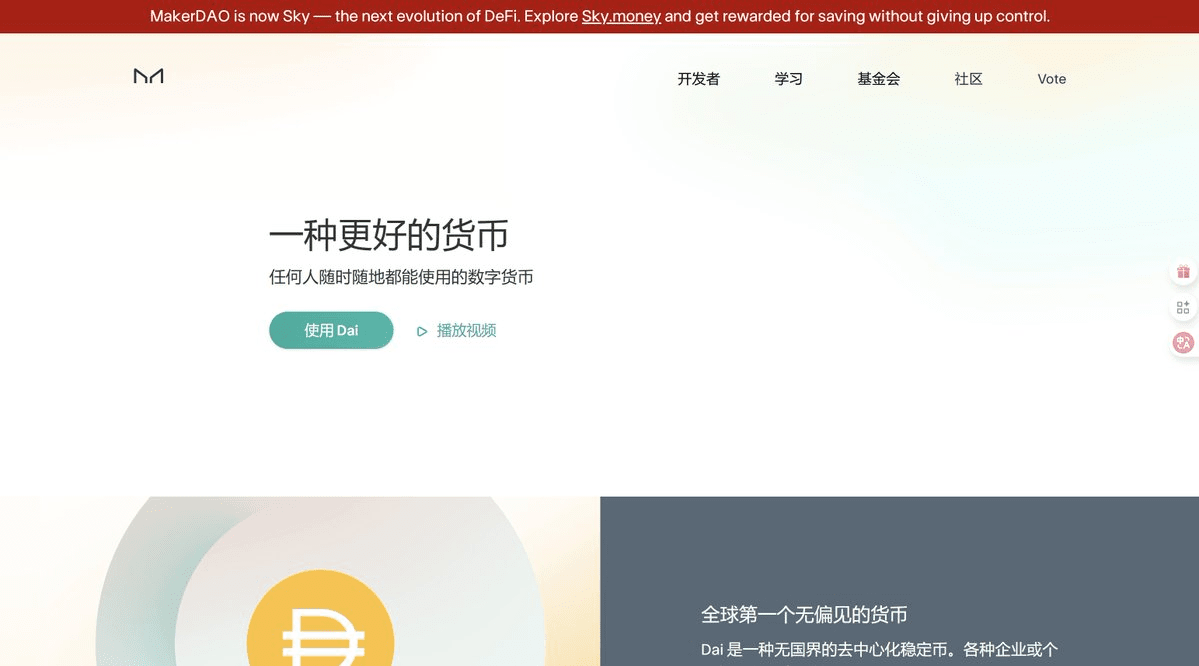
6. Emerging tracks
In addition to these relatively mature tracks, there are also some emerging fields worth paying attention to.
The combination of AI and Web3 is emerging strongly. Traditional AI is monopolized by a few tech giants, leaving ordinary people as passive users.
Projects like Bittensor are trying to break this monopoly by using blockchain to incentivize the development and sharing of AI models, making AI more democratic. Although still in its early stages, the potential for imagination is enormous.
The social track is also quietly changing.
Friend.tech directly tokenizes social influence, allowing fans to buy and sell creators' 'stocks.' Although this model is highly controversial, it indeed showcases the potential for monetizing social relationships. Lens Protocol is more foundational, enabling users to truly own their social relationships and content, no longer held hostage by a single platform.
GameFi is looking for a new balance after the craziness of 2021 and the bubble burst of 2022. Axie Infinity proved the viability of the Play-to-Earn model but also exposed issues of over-financialization. The new generation of GameFi projects focuses more on gameplay itself, while the financial attributes become secondary.
It is important to remain calm and view the situation: the once-glorious NFT profile picture projects have basically cooled down. However, NFTs, as a technological standard, still have value and application space in scenarios like game items, identity verification, and membership rights.
The internal logic of the Web3 ecosystem
After watching these six tracks, you might wonder: what is their relationship? Why do they exist simultaneously?
In fact, the Web3 ecosystem has its own internal logic.
Infrastructure is the foundational layer, providing technical support for all applications. DeFi is the first large-scale application that proves the value of blockchain. RWA is the bridge connecting the traditional world, while DePIN connects the physical world. DAO explores new organizational forms, and various emerging tracks seek more possibilities.
These six tracks are not isolated but rather an interdependent and mutually reinforcing ecosystem.
For example, DeFi needs the support of infrastructure, RWA to provide real assets, and DAO for community governance. DePIN requires a token incentive mechanism, and the circulation of tokens cannot exist without the infrastructure of DeFi.
In terms of maturity, infrastructure and DeFi are relatively mature, with technology being relatively complete and the market validated.
RWA and DePIN are developing rapidly, with clear concepts and accelerated implementation.
DAO and emerging tracks are still in the exploratory stage, full of imagination but also accompanied by higher uncertainty.
Which track to delve into mainly depends on your interests, background, and risk tolerance. Mature tracks are relatively stable, while emerging tracks come with both risks and opportunities.
But no matter which one you choose, a holistic understanding of the entire ecosystem is necessary.
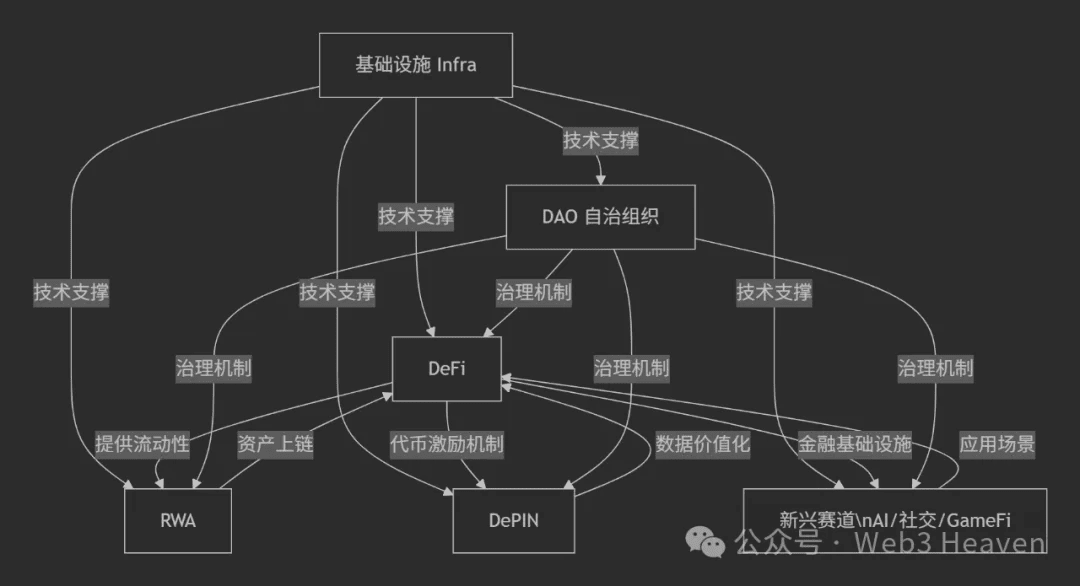
Written at the end: The true value of Web3
Many people ask me, what is the value of Web3? Why spend time learning?
My answer is: Web3 is not creating a parallel world, but redefining our relationship with the digital world.
In the Web2 era, your data, content, and connections are all in the hands of platforms, which take a 30-50% cut, leaving creators with only a small portion. Various platforms are fragmented, and value cannot circulate.
In the Web3 era, your assets, identity, and creations completely belong to you; smart contracts directly allocate earnings, with creators taking the lion's share. One creation, circulated across the entire network, maximizing value.
This is not a utopia for tech geeks but a reality that is happening.
Over the past 20 years, the internet has changed the way information is disseminated, resulting in the rise of Google, Facebook, Tencent, and Alibaba.
In the next 20 years, Web3 will change the way value is transmitted, giving rise to a new batch of giants and countless individual opportunities.
We are in a once-in-a-lifetime time window: the technological infrastructure is complete, learning thresholds have significantly lowered; applications are beginning to land on a large scale, and value is gradually emerging; regulatory frameworks are becoming clearer, and compliance risks are controllable; traditional institutions are entering the market in large numbers, gaining mainstream recognition for the industry.
Each generation has its own dividends.
But this dividend period will not last forever. Once Web3 becomes as ubiquitous as mobile internet, competition will become exceptionally fierce. The early dividends will always belong to those who dare to learn and are brave enough to practice.
This Web3 ecological panorama is your navigation tool for entering this new world.
Choose the track that attracts you the most, dive deep into related projects, and take the first step starting today. Six months later, you will thank yourself for making this decision.
The door to Web3 has been opened, with six tracks each offering something exciting.
The only question is: are you ready to find your place in this new world?
I suggest saving and sharing this article; this ecological panorama will be an important reference for you to delve into this industry.
If you have any questions on the road to Web3, feel free to communicate in the comments. Let’s find our opportunities in this wave of the new era together.

